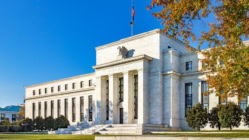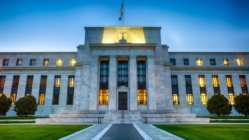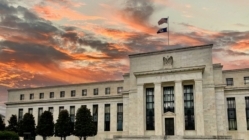
Fed Chairman Powell stated in early June that there are no rate increases in sight and that the Fed will do whatever it has to do to keep rates down through 2022.
These actions include keeping the Fed Funds rate near 0% and massive bond buying.
Whether this will work or not remains to be seen, but this is very good news for those of us in the real estate and mortgage industries – as boom times will likely continue for another year at least.
This is also good news for investors in assets such as real estate and stocks, as massive Fed interventions like this tend to inflate asset prices like I alluded to in this recent blog about Asset Inflation.
In any case, it has been my observation that all this news about interest rates confuses many people so I wanted to discuss some key interest rates again.
KEY INTEREST RATES
- The Fed Funds Rate: Currently 0.0 to 0.25%
This is the rate that banks charge each other for overnight lending, and it is the one rate the Fed does have control over. The Fed Funds Rate was over 20% in the early 1980s and around 6% for much of the 1990s. The big reminder here is that the Fed Funds Rate is a short-term (overnight) rate only and it does not always influence long-term rates the way the Fed intends. - Prime Rate: 3.25%
This is the rate that banks charge their most creditworthy customers, e.g. large corporations. It is also the index that most equity lines and credit cards are tied to. Prime Rate hit 20% in 1980 and was over 8% for much of the 1990s. Last year at this time, Prime Rate was 5.5%. - 10 Year Treasury Yield: 0.7-ish%
This is the yield that the Federal Government has to pay investors to get them to buy its Ten Year Treasury Bonds, or the bonds the government sells in order to borrow money to finance debt. This yield has been bouncing between 0.55% and 0.9% over the last few months. Last year at this time the Yield was around 2.3%. The big reminder here is that the typical difference/spread between the 10 Year Treasury Yield and 30-Year Mortgage Rates was around 1.5% for years, but lately that spread has climbed to over 2%. It has, however, been narrowing in recent weeks indicating that rates may fall further. - 30-Year Fixed-Rate Mortgage: 2.75%*
30-Year Mortgage Rates hit an all-time low today, as I have never quoted 2.75% for a 20% down, conforming loan financed purchase scenario. The HUGE REMINDER HERE though is there is no “one mortgage rate,” as many factors influence every rate we quote. These factors include credit score, property type, lock period, down payment %, etc. I blogged about the “Twelve Factors That Impact Your Mortgage Rate” here.
TAKEAWAYS
The Fed Controls Short-Term Rates: The Fed will try to keep rates down but b/c it can only control short-term rates, they may not be entirely successful. So I expect a lot more surprises and volatility.
NOTE: The Fed can directly influence long-term rates by buying up treasury bonds, mortgages, and corporate debt like it is doing now, but it can’t go on indefinitely.
All Rates Are Not the Same: The four interest rates I discuss above are obviously not the same, and they do not always move in lockstep.
No One Mortgage Rate: Mortgage rates have hit record lows again, but it is important to remember that there is no “one” mortgage rate. The rates we quote vary by over 1% every day b/c of all the factors I reference above.
Jay Voorhees
Founder/Broker | JVM Lending
(855) 855-4491 | DRE# 1197176, NMLS# 310167
























